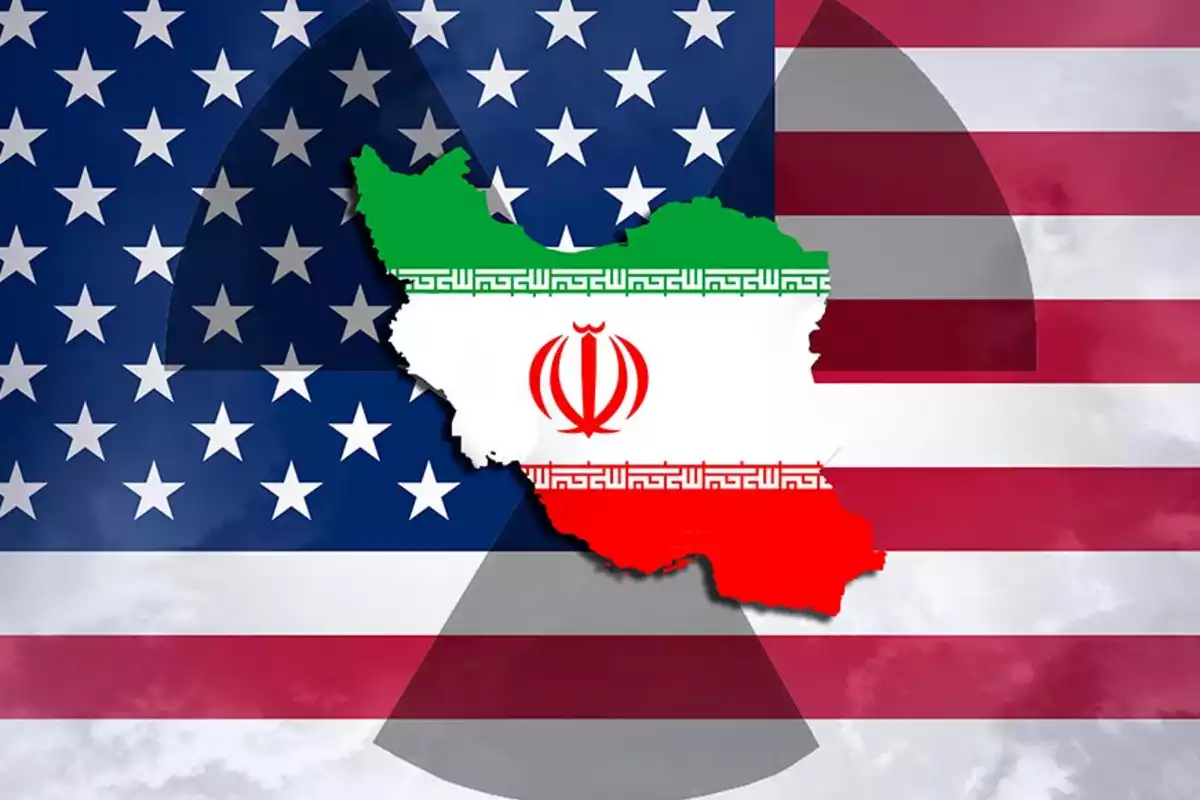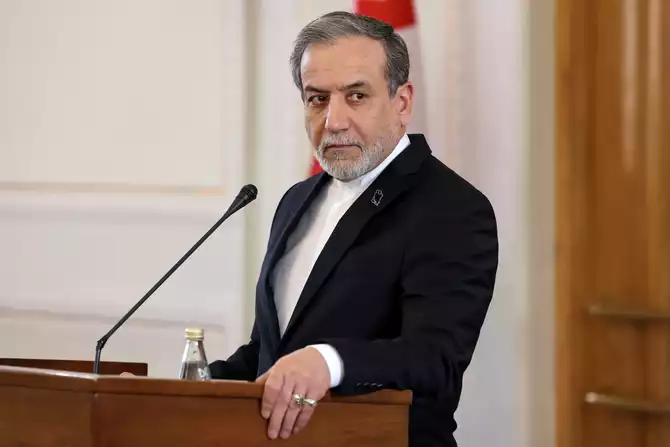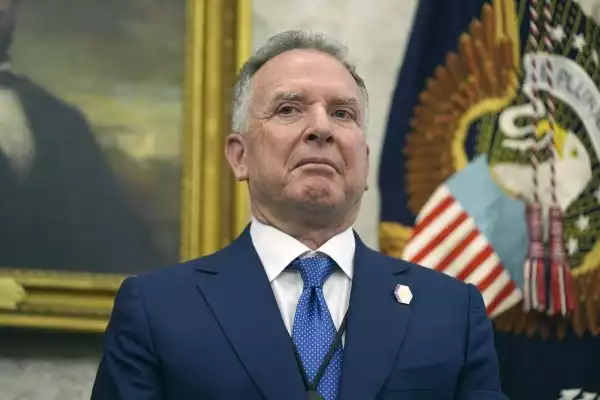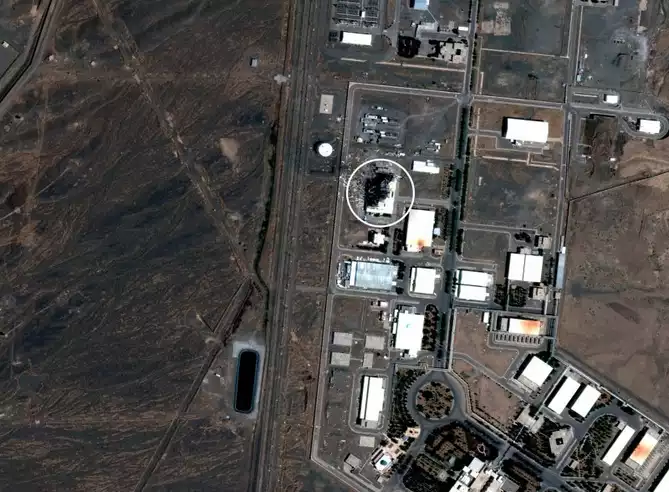
Getty images
On April 12, 2025, the Omani capital Muscat hosted the first meeting between U.S. Special Envoy Stephen Whitkoff and Iranian Foreign Minister Abbas Araghchi, with the mediation of Oman’s foreign minister. The U.S. side insisted on direct talks, while Iran demanded indirect communication. In the end, the delegations sat in separate rooms, with Oman’s top diplomat shuttling messages between them. A brief corridor exchange between the heads of the delegations took place at the conclusion-amounting to a symbolic “draw” in this initial round of negotiations.
The format and location of the second round remain uncertain. The U.S. has proposed Italy as the next venue, while Iran initially insisted on Oman. However, according to the latest information, Rome has become the more likely option. The next round is tentatively scheduled for April 19.
Washington continues to demand the dismantling of Iran’s nuclear program, while Tehran refuses to make concessions or transfer its 60%-enriched uranium to Russia. For Iran, winding down its nuclear program could be politically fatal. Iranian Foreign Minister Abbas Araghchi stated that an agreement with the U.S. is only possible if Washington stops insisting on dismantling Iranian nuclear facilities-calling the topic non-negotiable.

(ATTA KENARE / AFP)
At the same time, Israel, America’s closest ally in the region, is pressing for a comprehensive strike against Iran’s nuclear infrastructure. From the perspective of the Israeli leadership, a successful outcome to the U.S.-Iran negotiations would be detrimental to Israel’s long-term security interests. As Supreme Leader Ayatollah Ali Khamenei remarked, “We should neither be overly optimistic nor overly pessimistic about these talks.”
While the first round had offered a glimmer of hope for a reset between Washington and Tehran, the second appears to signal rising tensions and a sense of deadlock. Leaked reports of behind-the-scenes arguments among U.S. officials suggest that emotions in the Oval Office are running high-and that the process may end in slammed doors and dramatic resignations.
In an interview with Fox News, Whitkoff emphasized that there was no talk of a full dismantling of Iran’s nuclear program. Instead, discussions focused on how to verify Iran’s uranium stockpiles and what to do with the material enriched up to 60%. In Whitkoff’s view, the White House should not oppose Iran’s pursuit of a peaceful nuclear program, including uranium enrichment capped at 3.67%.

© AP / Evan Vucci
This past Tuesday, the U.S. President convened an emergency meeting in the White House Situation Room, gathering national security officials, including Whitkoff, to determine the next steps. The outcome was a new and far more hardline public statement from Whitkoff, which directly contradicted his earlier comments. Ahead of the second round of talks, he declared:
“Tehran must dismantle its uranium enrichment and weapons development program.”
Analysts note that both Vice President J.D. Vance and Special Envoy Whitkoff remain skeptical of demanding a full dismantlement, arguing that such a stance would doom the negotiations from the start. Instead, they advocate for tighter oversight-especially by American inspectors-of Iran’s “peaceful atom,” replacing the previous inspection mechanism led by the IAEA.
However, National Security Advisor Mike Waltz and Secretary of State Marco Rubio insist that Iran must completely abandon all enrichment technology. They are urging the administration to adopt Israeli Prime Minister Benjamin Netanyahu’s formula, which asserts that any U.S.-Iran deal should only proceed if Iran’s nuclear sites are demolished under American supervision and with U.S. operatives involved.
In short, the Trump administration lacks a unified stance on Iran-particularly regarding the nuclear issue. This strategic ambiguity is understandable. On one hand, Trump has pledged to end foreign wars and prioritize domestic issues. On the other, the U.S. cannot afford to abandon its regional allies.
During the talks in Oman, the Iranian delegation pushed for the lifting of U.S. sanctions in exchange for granting Washington limited oversight of its nuclear program. Yet from the American perspective, this demand has a “double bottom”: experts warn that any financial windfall from sanctions relief could end up funding Hamas, Hezbollah, and the Houthi movement in Yemen-groups whose actions directly threaten Israeli national security, a key priority for the Trump administration.

These U.S.-Iran talks follow weeks of escalating threats from Washington, including the potential for preemptive strikes on Iran’s nuclear facilities if no compromise is reached. At the same time, Iran continues to negotiate while openly calling for Israel’s destruction, which Whitkoff bluntly addressed: “A deal with Iran will happen only on Trump’s terms.”
Many experts caution that even if the U.S. were to strike Iran’s nuclear infrastructure, it would not eliminate the program entirely. With years of technical expertise behind it, Tehran could quickly rebuild and push forward toward nuclear weapons capability. In that scenario, the negotiation benefits only Iran.
Still, recent signs indicate that Iran’s weakened position in the Middle East is creating new openings for regional peace. In Lebanon, Hezbollah has announced plans to voluntarily disarm, and its military leaders intend to leave the country permanently. In Yemen, a 80,000-strong government army, backed by Saudi Arabia and the UAE, is preparing a ground offensive to seize the port of Hodeidah, liberate Sana’a, and crush the Iranian-backed Houthi movement.
Unconfirmed reports suggest that Saudi Crown Prince Mohammed bin Salman may be planning a visit to Tehran for talks with Supreme Leader Khamenei. While the purpose of the trip remains speculative, it likely involves discussions about dismantling Iranian proxies, halting regional expansionism, and exploring joint economic projects. In the meantime, the Saudi Defense Minister has already arrived in Tehran-a significant development in itself, given that the Kingdom is ruled by a single royal family.
The two-month window for negotiations set by Trump expires in May, and whether it will be extended depends on how both sides handle the next round of talks. Meanwhile, the media has highlighted a telling response from Amir Ali Hajizadeh, commander of the IRGC Aerospace Force, to Trump’s threats of military action:
“He who lives in a glass house should not throw stones.”
He added, “The U.S. has at least 10 military bases in the region, hosting over 50,000 troops. It is they who live in a glass house.”
And yet, such threats have been heard many times before. Their effect remains the same: Iran, under current conditions, remains the weaker party, incapable of taking decisive action.
Share on social media